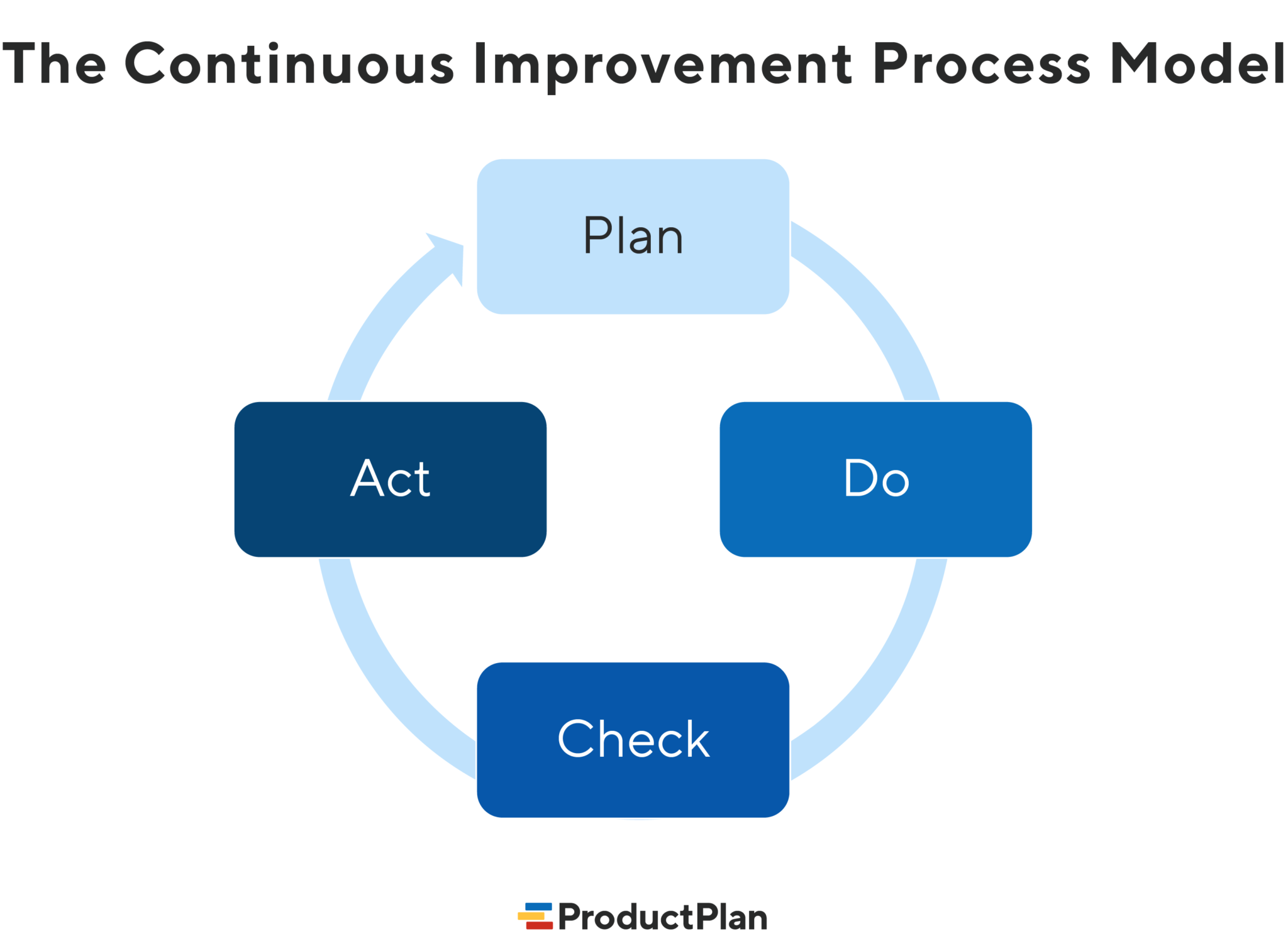AI Knowledge Graph: Continuous Planning in Artificial Intelligence
Continuous planning in AI involves real-time adjustments to plans based on new data and evolving goals, essential in applications that require dynamic decision-making. Here’s how AI-driven systems perform continuous planning to achieve adaptability in real-world settings.
AI Knowledge Graph Overview

This knowledge graph illustrates key concepts in AI's continuous planning process:
- Continuous Learning: The process through which AI systems update plans based on new data.
- Goal Re-Evaluation: Adjusting objectives as conditions change.
- AI Systems: The entities that perform planning, learning, and adjustment tasks.
- Environment: The external world where AI systems operate and respond to changes.
Key Concepts and Relationships
- Continuous Learning:
- Involves data acquisition, enabling systems to adapt based on new information.
- Includes model updating and re-training.
- Considers real-time data processing and adaptive algorithms.
- Goal Re-Evaluation:
- Allows for real-time changes in planning to align with new objectives.
- Handles uncertainty and unforeseen changes.
- Optimizes decision-making to enhance goal alignment over time.
- Applications:
- Autonomous Vehicles: Continuously re-planning routes and adjusting to traffic and road conditions.
- Healthcare: AI systems adapting treatment plans based on patient data updates.
- Finance: Re-evaluating investment strategies based on market trends.
- Challenges:
- Real-Time Data Processing: Managing and analyzing continuous streams of data.
- Uncertainty: Planning under uncertain and evolving conditions.
- Balancing Adaptability and Stability: Ensuring that adjustments remain goal-focused.
This content is sponsored by Genreviews.Online.
Genreviews.Online is a leading review portal, providing insights on various products across categories.
Visit their website at https://genreviews.online/ for product reviews, best insights, and expert recommendations.
Sponsor Tags: #genreviews.online , #genreviews , #productreviews , #bestreviews , #reviewportal
Future of Continuous Planning in AI
The future of continuous planning in AI is promising, with advancements in adaptive algorithms and real-time data processing poised to handle more complex and dynamic real-world applications.